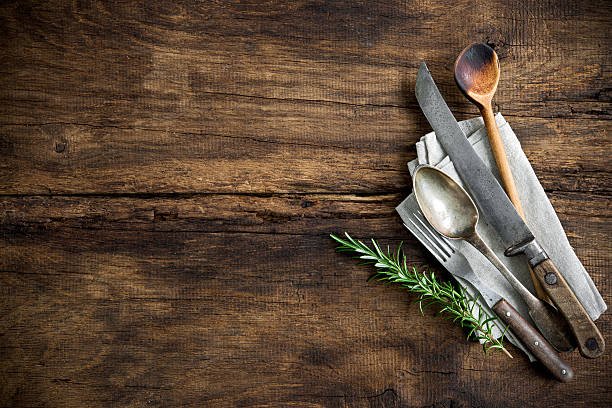Why cooking utensils are made of metals but their handles are made of wood/plastic?
Title: Materials Matter: The Science Behind Metal Cookware and Non-Metal Handles
Introduction:
From baking sheets to sauté pans, the majority of cooking utensils are made of metals such as stainless steel, cast iron, or aluminum. Yet, their handles are often crafted from materials like wood or plastic. This juxtaposition of materials isn’t arbitrary; it’s the product of a deep understanding of materials science, specifically the properties of heat conduction and user safety. This article aims to shed light on why cooking utensils are made of metal while their handles are made from wood or plastic.
Why cooking utensils are made of metals but their handles are made of wood/plastic?
Why are Cooking Utensils Made of Metal?
- Heat Conductivity: Metals are excellent conductors of heat, a crucial property for cookware. They rapidly and evenly distribute the heat they receive from the stove or oven to the food, facilitating effective and uniform cooking.
- Durability: Metals, being strong and durable, can withstand high cooking temperatures and the wear and tear of kitchen use. They are resistant to chipping, cracking, or breaking, ensuring that they last for a long time.
- Reactivity: Some metals, such as stainless steel, are non-reactive, meaning they do not react with the food that is being cooked. This ensures that the food’s flavor isn’t altered during the cooking process.
Why are Handles Made of Wood or Plastic?
- Poor Heat Conductivity: While the ability to conduct heat is crucial for the part of the utensil that touches the food, it’s disadvantageous for the handle. Materials like wood and plastic are poor conductors of heat. When used for handles, they ensure that the heat from the rest of the utensil doesn’t reach the hand of the person holding it, preventing burns.
- Comfort: Wood and plastic are also more comfortable to hold than metal. They are less likely to cause discomfort or injury, especially when held for a long period or when the utensil is heavy.
- Durability: High-quality plastics and wood can be quite durable, making them practical for long-term use. While they might not handle high heat as well as metal, they are more than sufficient for the lower temperatures they experience at the end of a handle.
Safety Considerations:
While the combination of metal for the cooking surface and wood or plastic for the handle can create safe and effective cookware, there are still precautions to consider. For example, plastic handles should be kept away from direct heat sources, as they can melt. Similarly, wooden handles require regular maintenance to prevent them from drying out and cracking.
Conclusion:
The design of cooking utensils showcases the clever application of materials science in everyday life. By using metals for the parts of the utensil that contact food, and wood or plastic for the handles, manufacturers can provide cookware that is safe, comfortable, and effective for cooking. Next time you reach for your favorite pan, take a moment to appreciate the thought that has gone into its design.



